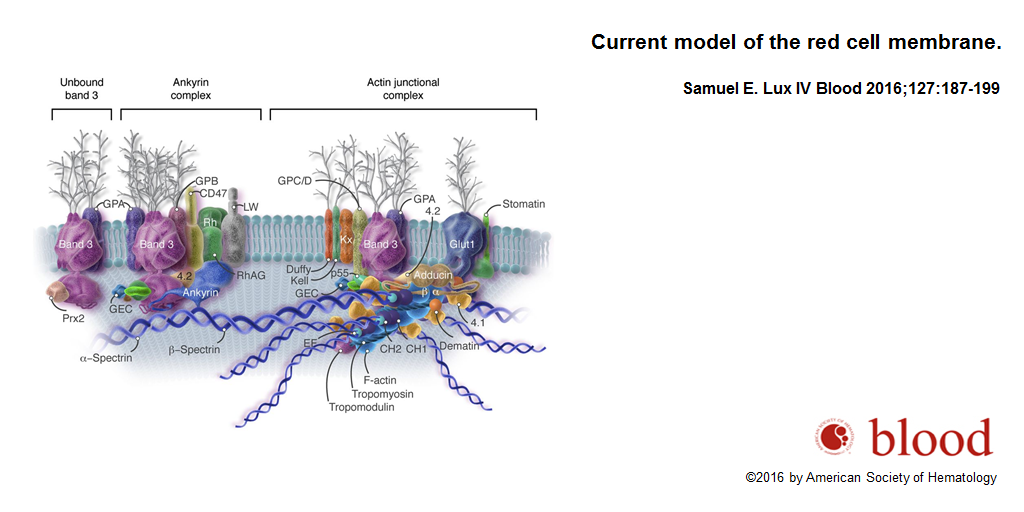Cell Membrane Structure Journal. Not much is known, though, e.g., how early in the tumourogenic event these changes take place and what effect these changes have on cell growth, invasion, and ability to metastasize. European membrane society (ems), membrane society of australasia (msa) and polish membrane society (ptmem) are affiliated with membranes, and their.

The cell membrane consists of a lipid bilayer, made up of two layers of phospholipids with cholesterols interspersed between them, maintaining appropriate membrane fluidity at various temperatures. Modification of work by randy le’moine) chapter outline. A study of cell membrane structure a study of cell membrane structure feinmesser, r.;
Thefluid Mosaic Model Ofthe Cell Membrane;
The numerical simulations, show the emergence of a filopodium, a typical structure in cells undergoing deformation. A cell membrane is not a lamellar phase, but a real object whose structure corresponds more or less to a lamellar phase. 35q30 / 92c50 / 74f10 key words:
The Structure And Function Of Each Component Of The Membrane Is Provided In The Table Below.
As shown in supplemental table 4, several fatty acids of blood cell membranes were associated with inflammatory markers. The current views on the structure and function of biological membranes, the role of their lipid, protein and carbohydrate components in the maintenance of cell vital activity are summarized. The cell membrane contains pro teins and lipids in a mass ratioof 50:50.
Cell Membrane Are Proteins And Lipids • Membrane Proteins And Lipids Are Arranged In A Particular Fashion, Both Contributing To Containing The Cell And To Selectively Allowing Or Blocking The Traffic Of Certain Substances Through The Cell • Such Arrangement Of Molecules Provides Fluidity.
Nicolson proposed the fluid mosaic model of the cell membrane in 1972. Its function is to protect the integrity of the interior of the cell by allowing certain substances to enter the cell, while keeping others out. It also serves as a base of attachment for the cytoskeleton in some organisms and the.
In Plant Cells, The Membrane Encapsulates The Protoplasm.
Studies of the action of anesthetic molecules led to. It is the thick and rigid structure with a fixed shape. Cell theory has its origins in seventeenth century microscopy observations, but it was nearly two hundred years before a complete cell membrane theory was developed to explain what separates cells from the outside world.
An Average Membrane Protein Is Several Times Larger Than The Average Lipid Molecule, But Lipid Molecules Are ~50 Times More Numerous Than Pro Tein Molecules.
The model is consistent with the restrictions imposed by thermodynamics. Not much is known, though, e.g., how early in the tumourogenic event these changes take place and what effect these changes have on cell growth, invasion, and ability to metastasize. Considerable progress has been made in understanding the roles played by two membrane lipids: